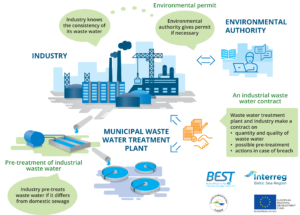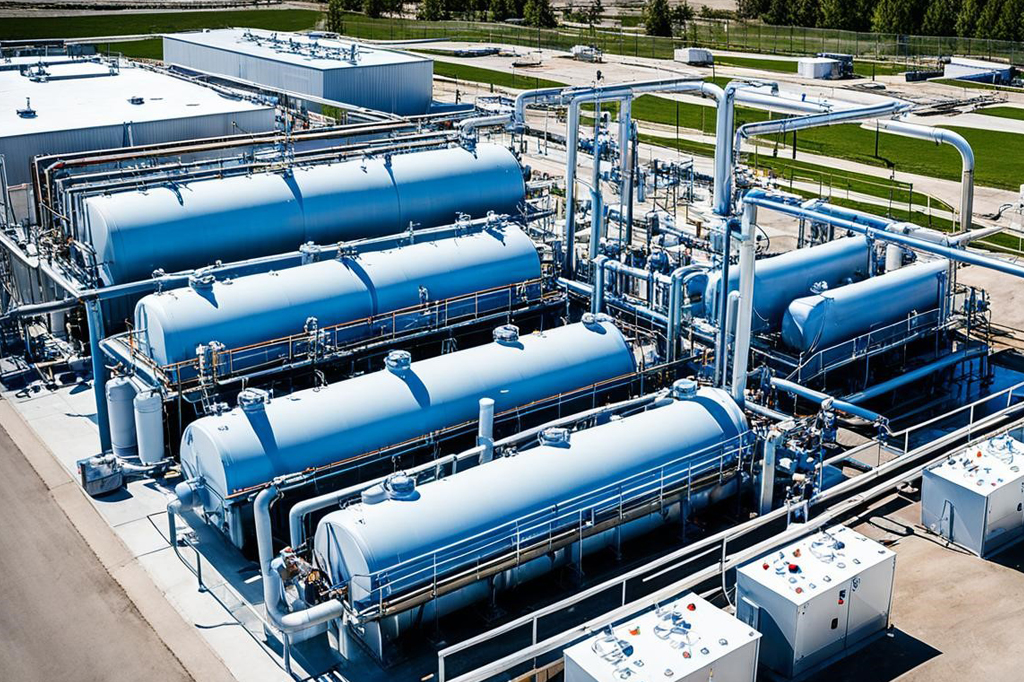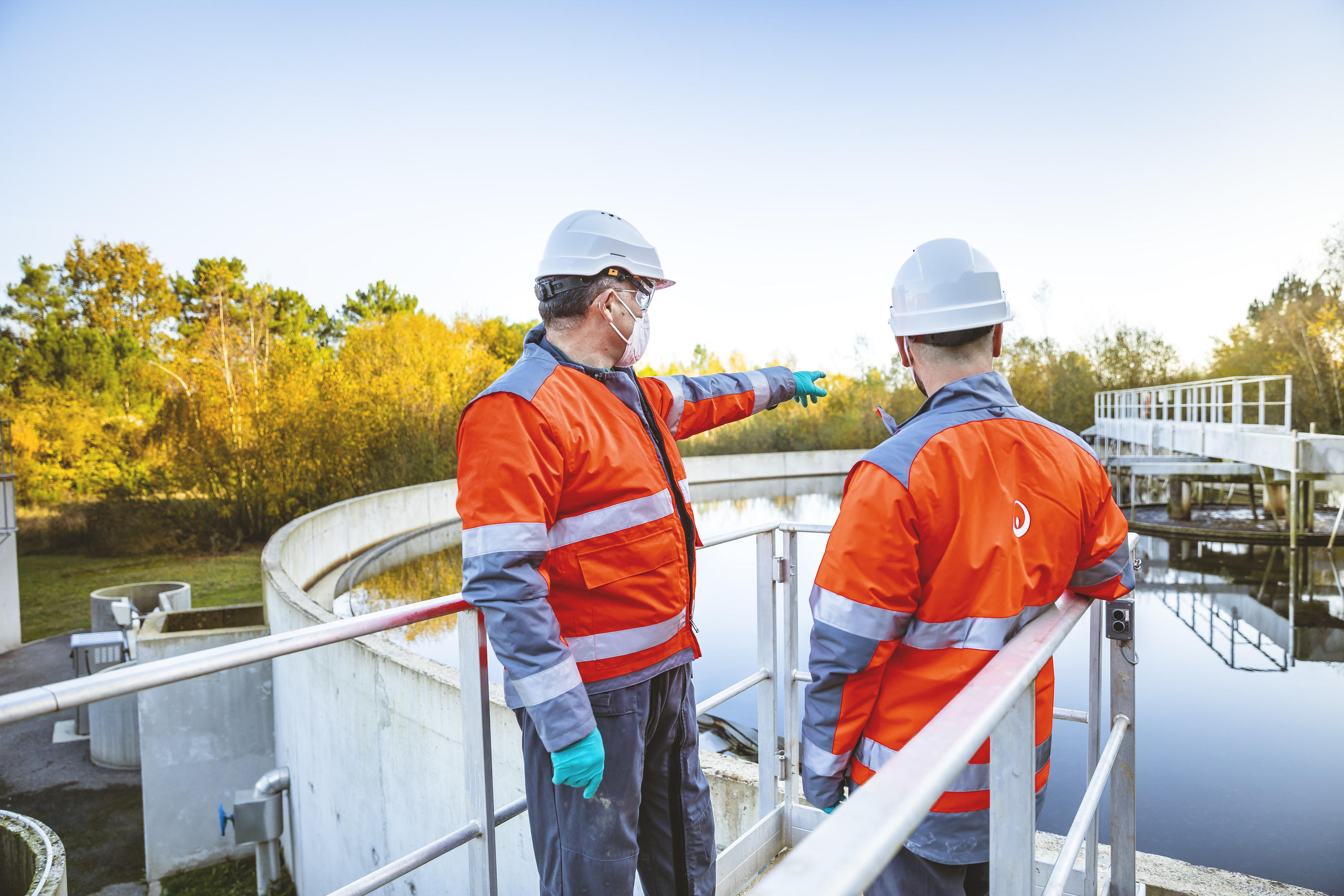Industrial Waste Water Treatment-- Advanced Solutions for Cleanser Effluents
Industrial Waste Water Treatment-- Advanced Solutions for Cleanser Effluents
Blog Article
Developments and Developments in Industrial Waste Water Treatment Technologies
The landscape of commercial wastewater therapy is undergoing a transformative shift, driven by developments that boost both efficiency and sustainability. As governing criteria evolve, the assimilation of AI and maker learning right into wastewater monitoring systems assures to enhance operations and make certain compliance.
Summary of Waste Water Therapy Technologies
Wastewater treatment modern technologies encompass an array of techniques designed to eliminate impurities from commercial effluents before their release into the atmosphere. These technologies are critical for keeping environmental balance and making sure compliance with environmental policies. The primary categories of wastewater therapy include physical, chemical, and organic approaches, each offering unique purposes based on the nature of the impurities present.

Biological therapy techniques use bacteria to break down natural issue, making them specifically efficient for organic-rich effluents. Strategies like triggered sludge and biofilm activators harness the natural deterioration abilities of germs, bring about considerable decreases in biochemical oxygen need (BODY)
Advanced Purification Methods
Advanced purification strategies stand for a critical development in the realm of commercial wastewater therapy, improving the performance of pollutant elimination procedures. Industrial Waste Water Treatment. These methods incorporate a variety of modern technologies, including microfiltration, ultrafiltration, nanofiltration, and reverse osmosis, which give consecutive obstacles for various bit dimensions and chemical structures
Microfiltration and ultrafiltration utilize membrane layer systems to get rid of put on hold solids, germs, and bigger organic particles, boosting the top quality of effluent before further treatment. Nanofiltration links the void between ultrafiltration and turn around osmosis, effectively eliminating divalent ions and natural substances, therefore minimizing the lots on downstream procedures.
Reverse osmosis supplies the highest degree of filtration by enabling only water and tiny particles to travel through its semi-permeable membranes, making it ideal for redeeming high-grade water from commercial effluents. Recent advancements in membrane layer innovation, including the growth of more durable and fouling-resistant materials, have actually dramatically enhanced functional effectiveness and reduced prices.
Integrating these innovative filtering techniques not just enhances the general treatment process but also contributes to sustainability efforts by allowing water reuse and source recuperation in commercial setups. (Industrial Waste Water Treatment)
Organic Treatment Innovations

Moreover, the development of crafted biological systems, such as membrane bioreactors (MBRs), incorporates biological therapy with sophisticated membrane filtering. This integration permits higher effluent quality and minimized footprint, making it ideal for space-constrained industrial centers. Developments in genetically crafted bacteria have actually likewise arised, improving the biodegradation of specific pollutants, such as drugs and heavy steels, that are typically testing to remove.
In addition, the implementation of bioaugmentation methods, where useful germs are introduced to improve the existing organic treatment procedures, has actually shown appealing outcomes in enhancing therapy efficiency. These developments jointly signify a pattern in the direction of more sustainable and effective biological therapy methodologies that can adapt to the progressing intricacies of commercial wastewater streams. As sectors continue to prioritize environmental conformity, these organic innovations will play an important duty in wastewater management.

Source Healing Approaches
In commercial settings, the assimilation of resource recuperation techniques has actually ended up being increasingly essential for improving sustainability and minimizing waste. These techniques focus on removing important products and energy from wastewater streams, therefore transforming possible pollutants right into reusable sources.
One prominent technique is visit vitamins and mineral recuperation, where nitrogen and phosphorus, commonly existing in excess in wastewater, are recorded and transformed right into fertilizers. This not just decreases environmental influences however likewise offers a round economic climate remedy for agricultural applications. Furthermore, technologies such as anaerobic digestion permit for the conversion of natural waste into biogas, an eco-friendly power source that can balance out fossil fuel use in commercial procedures.
Additionally, advanced purification and membrane layer technologies assist in the recuperation of commercial by-products such as metals and salts. These recuperated products can be rehabilitated right into production processes, decreasing the demand for virgin sources.
Future Fads in Drainage Management
As industries progressively prioritize sustainability, the future of wastewater administration is readied to undertake substantial More about the author transformations. Technological developments, such as expert system and artificial intelligence, will certainly make it possible for extra reliable surveillance and monitoring of wastewater systems. These modern technologies can forecast upkeep demands, maximize therapy procedures, and improve decision-making, eventually decreasing operational costs and environmental impact.
Moreover, the integration of round economic situation concepts will play an important function in wastewater management. Industries are expected to change in the direction of systems that not only treat wastewater but additionally recuperate useful resources, such as browse around these guys nutrients, water, and energy. This change will certainly reduce waste and promote the reuse of products, lining up with worldwide sustainability goals.
Arising treatment techniques, such as membrane layer bioreactors and advanced oxidation processes, will certainly additionally enhance the performance of wastewater therapy, permitting better effluents appropriate for reuse. Additionally, governing frameworks are most likely to progress, emphasizing more stringent requirements for wastewater discharge and encouraging markets to adopt cutting-edge treatment remedies.
Final Thought
In verdict, the evolution of industrial wastewater therapy modern technologies shows a significant shift in the direction of enhanced effectiveness and sustainability (Industrial Waste Water Treatment). Advancements in innovative filtration techniques, biological treatments, and resource healing approaches highlight the sector's dedication to environmental stewardship.
The landscape of industrial wastewater treatment is going through a transformative change, driven by advancements that boost both performance and sustainability.Wastewater therapy technologies encompass a range of methods designed to remove contaminants from industrial effluents before their release into the environment.Harnessing the power of organic procedures has actually led to substantial technologies in the therapy of commercial wastewater.Furthermore, the application of bioaugmentation techniques, where useful microorganisms are introduced to enhance the existing biological therapy procedures, has shown promising outcomes in boosting therapy performance. These innovations collectively indicate a fad in the direction of more reliable and lasting biological treatment approaches that can adapt to the advancing intricacies of industrial wastewater streams.
Report this page